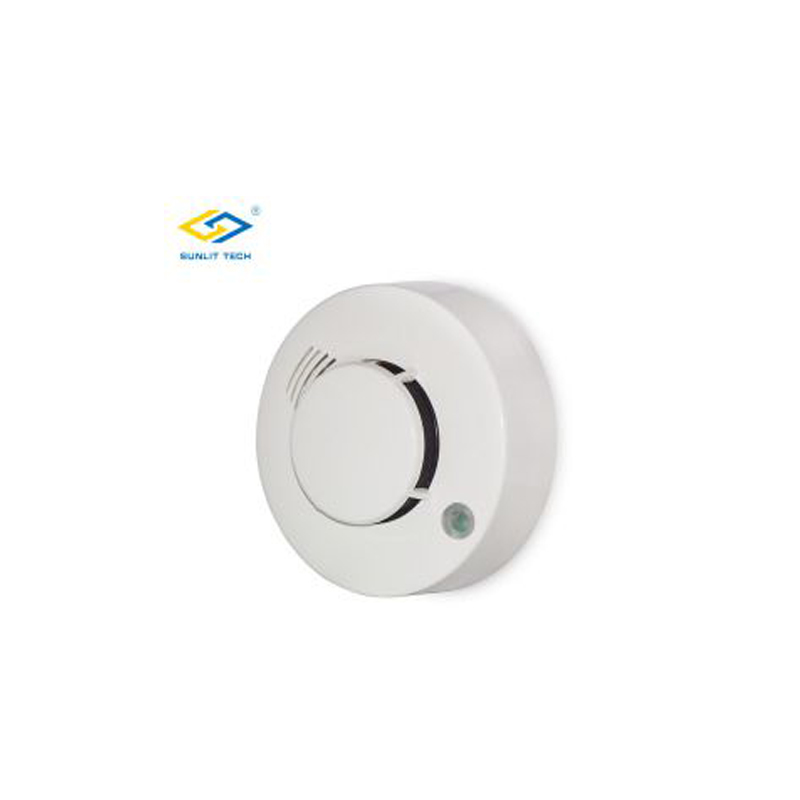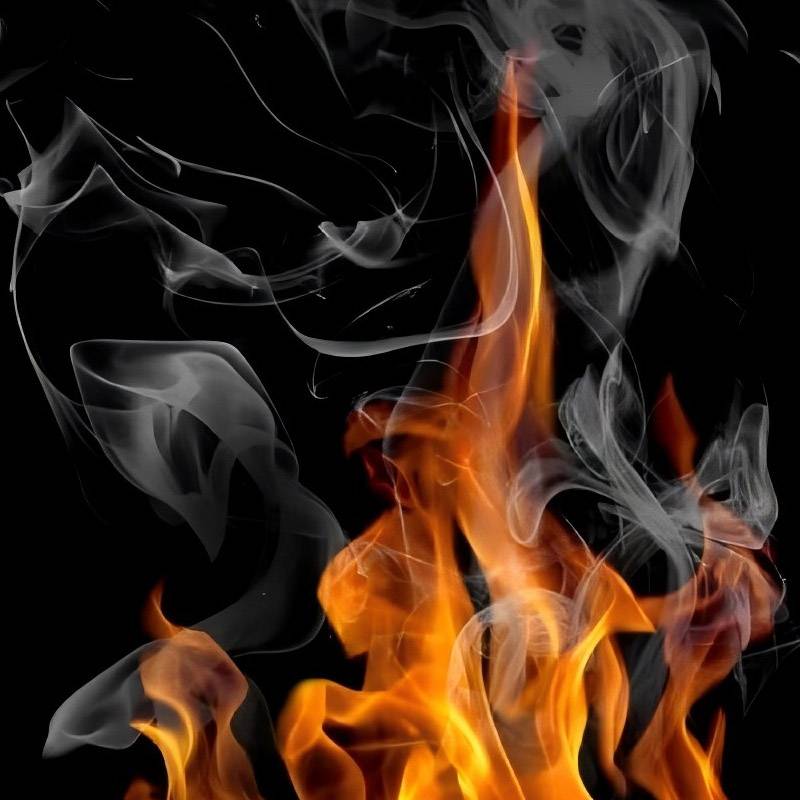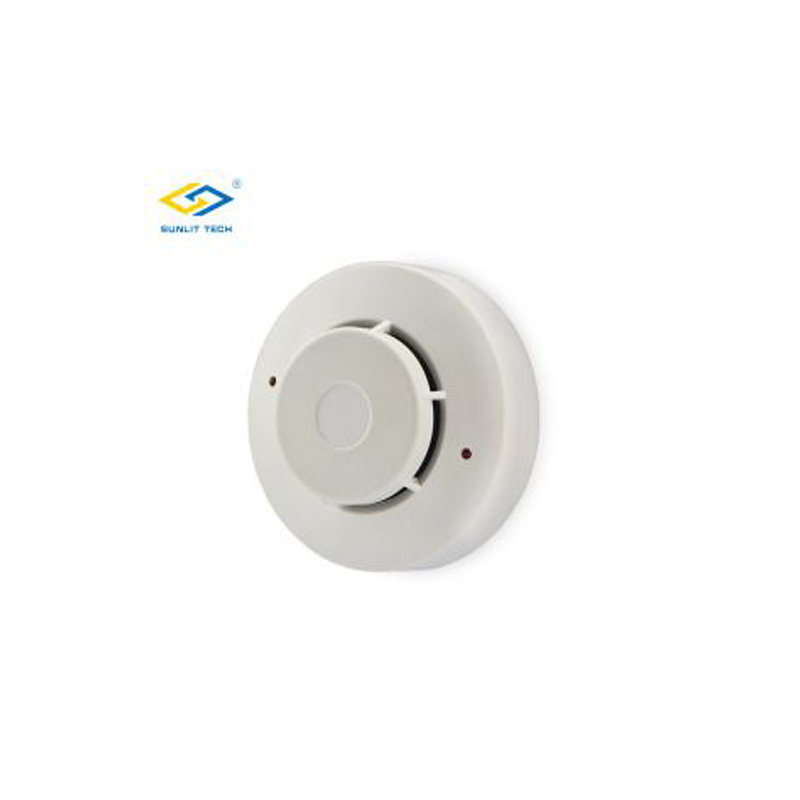The Unobtrusive Smoke Detector in Fire Safety
The frequent occurrence of household fire accidents has made more and more people realize the importance of fire prevention. According to the fire investigation report, once a fire occurs in a house with the recommended number of smoke alarms installed, the chances of escape for people in the house will be 50% higher than that of a house without them. Today, sunlit-tech will popularize some small knowledge about household smoke detection device for everyone.
1. Alarm principle of smoke fire detection alarm
The photoelectric sensor measures the concentration of smoke through a beam of light and a light sensor. When the device is designed, the beam is deviated from the sensor. When smoke enters the sensing chamber, smoke particles will scatter part of the beam to the sensor. As the concentration of smoke gradually increases, more beams will be scattered to the sensor. When the beam of the sensor reaches a certain level, the horn will sound.

2. Categories of smoke alarms (smoke sensors)
Smoke alarms are generally divided into three types: ion smoke detector, photoelectric smoke alarms, and infrared smoke alarms.
①. Ion smoke detector: Determine whether a fire has occurred by detecting positive and negative ions in the smoke. When smoke enters the alarm, the ion sensor detects the ions in the smoke and converts them into electrical signals, triggering the alarm to sound an alarm.
②. Photoelectric smoke detector: uses the reflection and refraction principle of light beams to detect smoke. When smoke enters the alarm, the photoelectric sensor detects the blocking and scattering of the light beam by smoke, thereby triggering the alarm to sound an alarm.
③. Infrared smoke alarm: determines whether a fire has occurred by detecting the infrared characteristics of smoke. This smoke sensor can detect infrared radiation in smoke and convert it into electrical signals, triggering the alarm to sound an alarm.

3. What are the suitable places for smoke alarms?
It can be widely used in residential buildings, "three-in-one" places, nursing homes, welfare homes, disability service agencies, special hardship support service agencies, kindergartens and other buildings for the elderly, disabled people and children, home-based elderly care, "empty nesters", scattered elderly care for the special hardship and other groups of residential housing, community comprehensive service facilities and other community residents' activity places, located in shanty towns, urban-rural junctions, traditional cultural villages and old residential buildings with a fire resistance level of three or below, dormitories, rental houses, farmhouses, small hotels, underground living spaces and other places where fatal fires occur frequently. The installation location of smoke sensor should include public activity areas in the above-mentioned buildings and places, rest rooms such as bedrooms in residential buildings, living rooms, living rooms, dining rooms, inner corridors, the upper part of evacuation stairs on each floor, and other rooms and parts with fire hazards.

4. What matters need to be paid attention to during installation and use?
① Do not install the alarm in places with high temperature and heavy smoke, and keep the surrounding environment clean;
② Please avoid using a large amount of mousse, pesticides, thinners and other items that produce colloidal suspension near the alarm to avoid affecting the normal monitoring of the alarm;www.zn-bio.com ;www.zwintelligent.com
③ The alarm should be installed after the interior decoration is completed to avoid contamination of the alarm;
④ Install the alarm at least 1.5 meters away from fluorescent lamps near the lamps;
⑤ Please install the battery according to the product instructions. If unqualified batteries are used, the detector may be damaged. The battery must be replaced once a year.
smoke detection device smoke warning system smoke sensor smoke detector
 简体中文
简体中文
